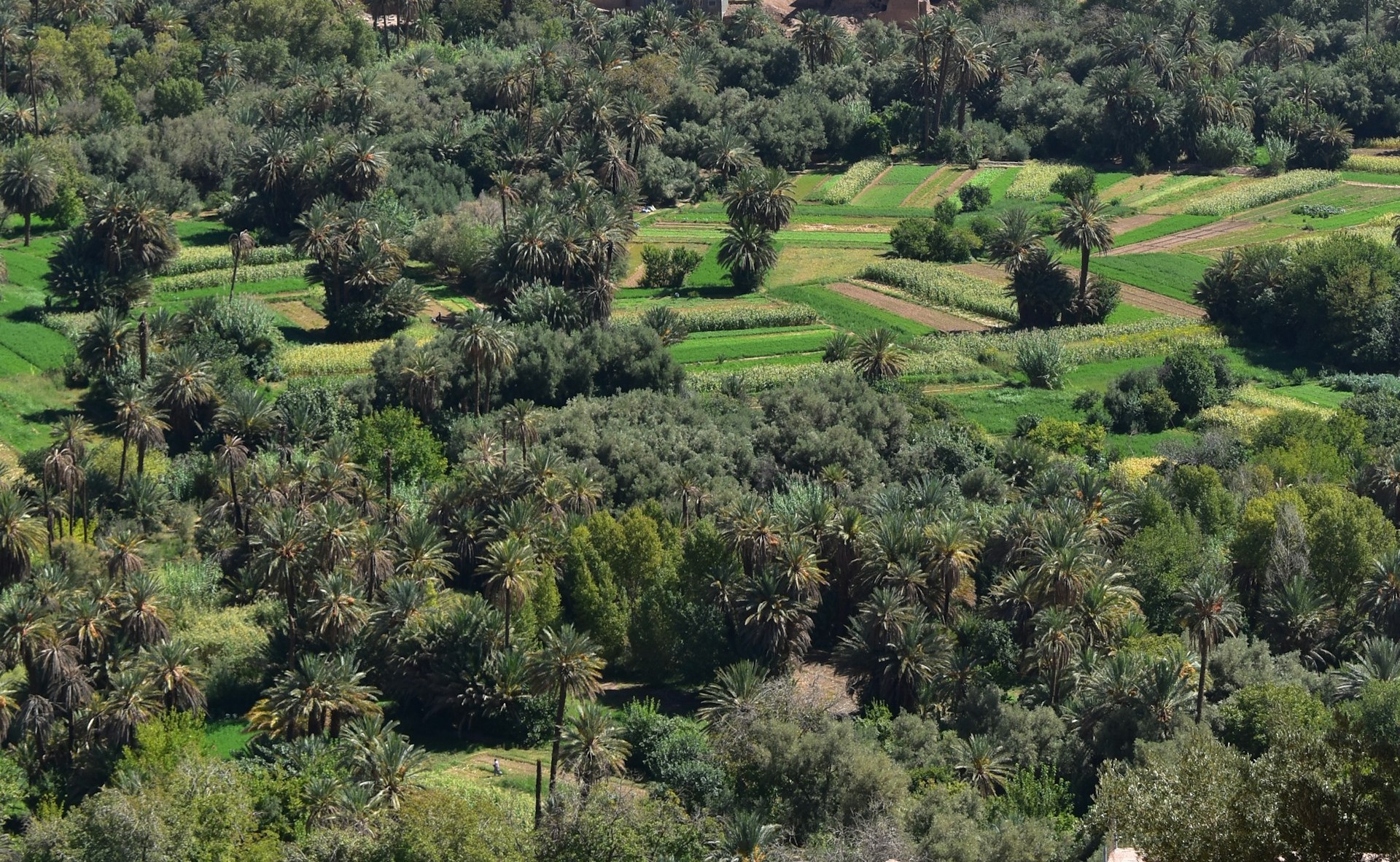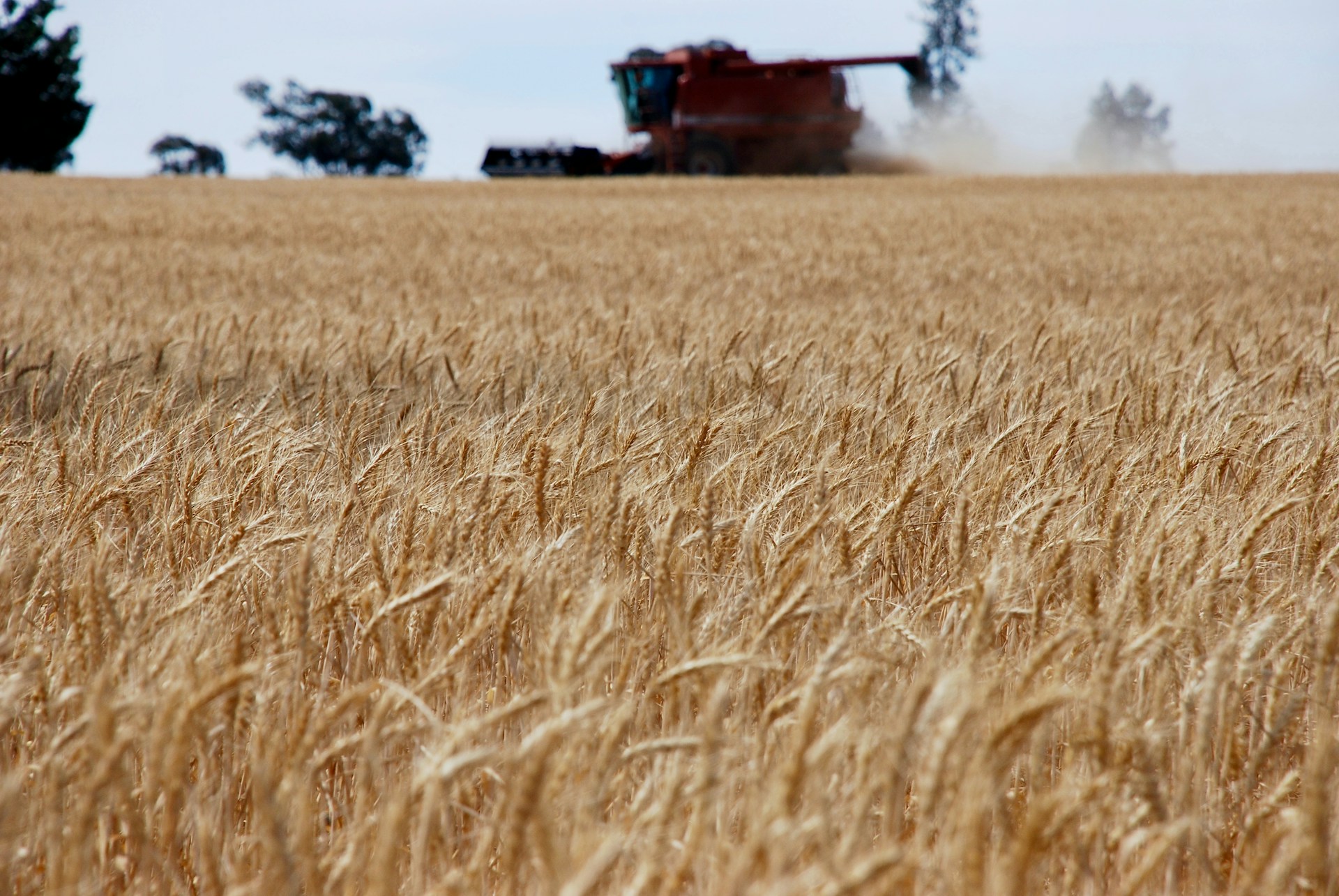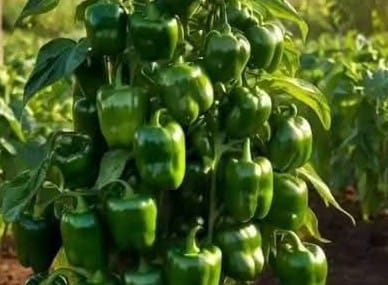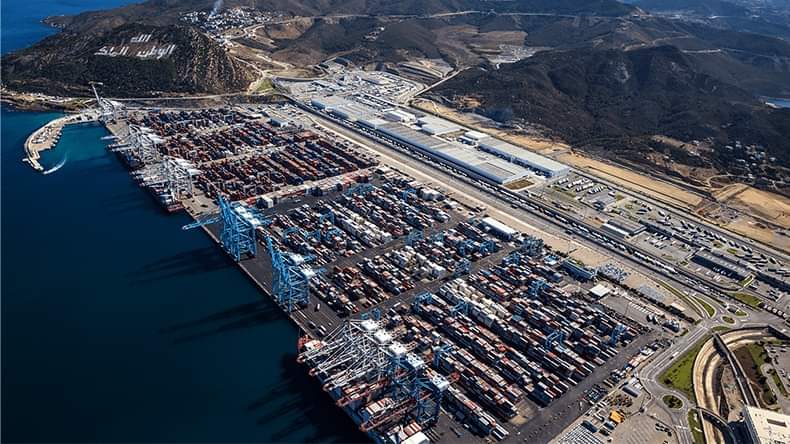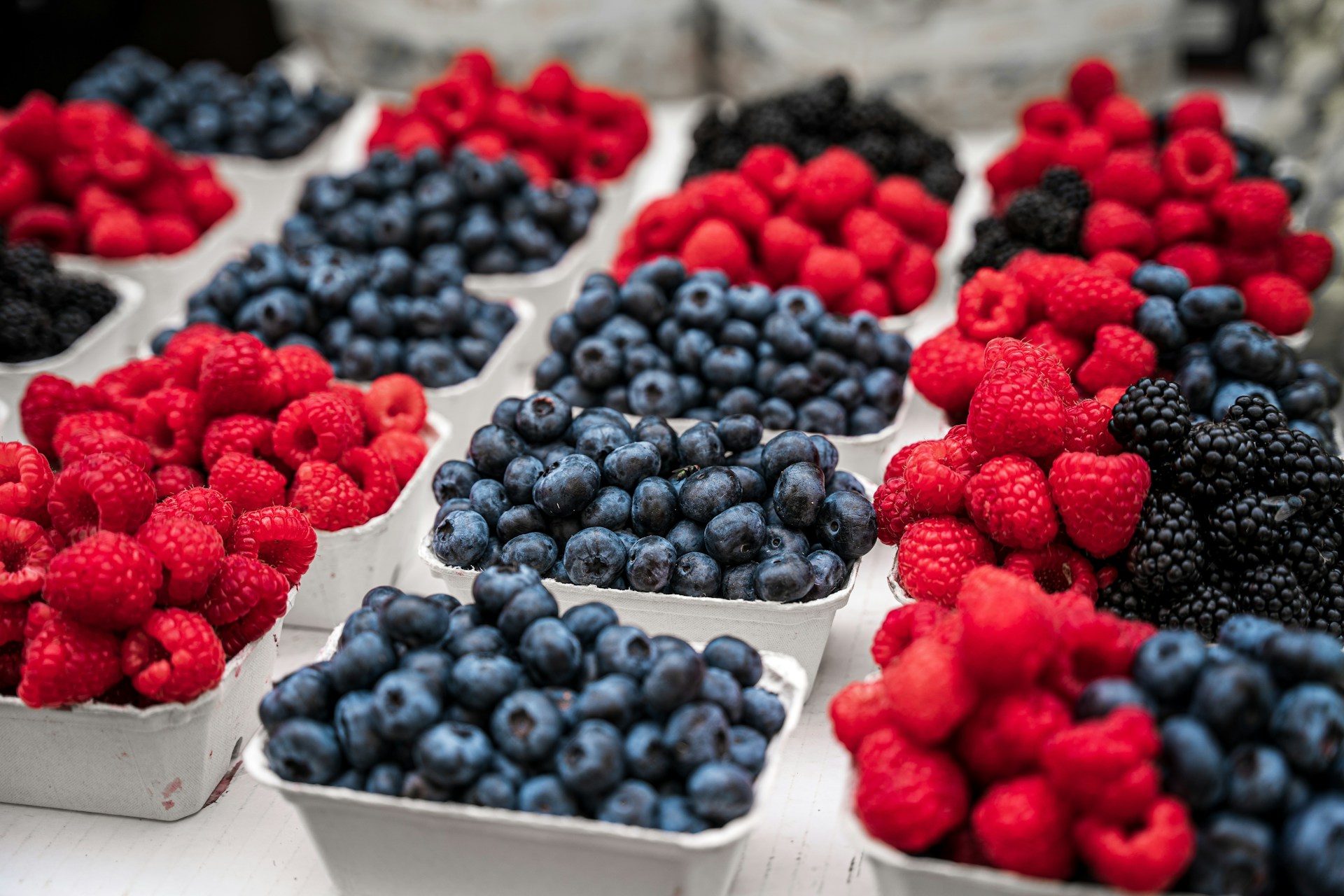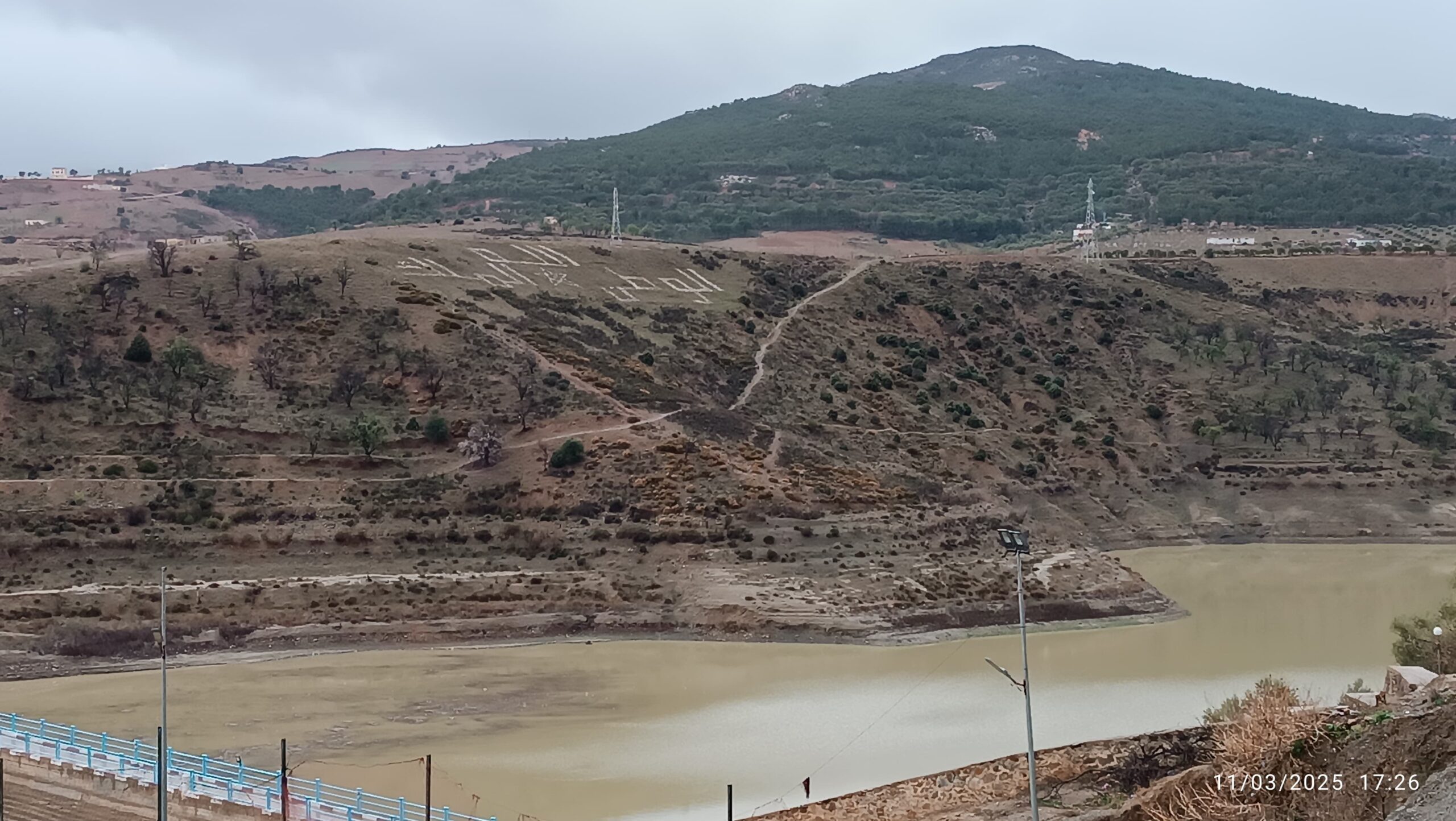Casablanca – A recent cold wave in Morocco has significantly affected pepper production, particularly in the Souss Massa region, which has seen a sharp decline in yields due to cold temperatures and viral pressures. The drop in temperatures, compounded by the spread of viral diseases like Tomato Spotted Wilt Virus (TSW) and Pepper Mild Mottle Virus (PMMV), has led to a reduction of 30% to 40% in production, impacting farmers across the region.
Nighttime temperatures have dropped to 8-9°C (46-48°F), while daytime temperatures have hovered around 20-21°C (68-70°F), creating a challenging environment for greenhouse-grown peppers. These extreme fluctuations are severely affecting crop yields, especially for those who opted for virus-sensitive varieties, which are more vulnerable to disease under such conditions.
The situation has been further complicated by the viral outbreaks, which have taken a heavy toll on crops. Producers who had planted virus-resistant varieties on a portion of their land are seeing some relief, but others who continued with sensitive varieties are facing significant losses. This viral pressure, combined with the cold weather, has created a perfect storm, making it difficult for farmers to maintain their usual output.
The effects of this production drop are expected to ripple through the market. With reduced harvests coinciding with the European holiday season, there has been a notable decrease in demand. However, this lull is expected to be temporary, as prices are projected to rise once temperatures continue to fall in January. The lower harvest volumes and seasonal demand fluctuations are likely to push prices higher, especially for high-demand varieties.
Producers of Californian peppers, which are particularly popular in the UK, have been hit hardest by the seasonal dip in demand. Despite the challenges, Moroccan exporters are continuing to ship peppers to European markets, with many focusing on the Kapi variety, which remains in high demand in countries like Germany and across Eastern Europe.
Morocco has already seen a record year for California pepper exports, with nearly 150,000 tons shipped from January to August, marking a 20% increase from 2023. This strong export performance highlights the country’s importance in the global pepper market, despite the challenges posed by adverse weather and viral diseases.
As the weather continues to fluctuate, farmers in Morocco’s Souss Massa region are bracing for further challenges. However, the country’s resilience and continued strong export performance suggest that, even amid difficulties, Morocco will remain a key player in the global pepper trade in the coming year.
